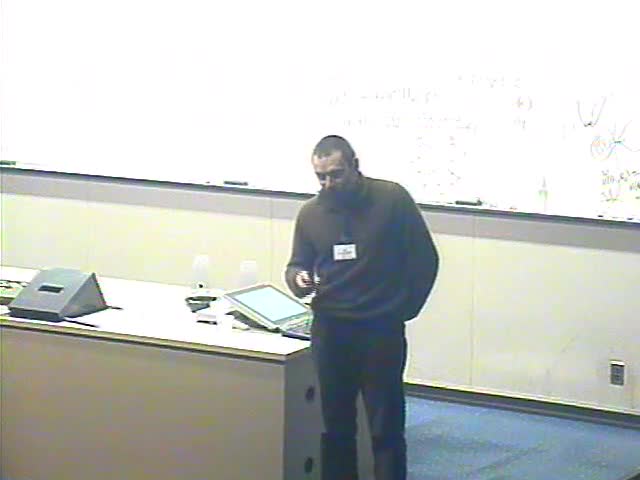Single-sweep methods for free energy calculations
Presenter
January 13, 2009
Abstract
Free energy (or potential of mean force) calculations are a central issue in biophysics. Molecular dynamics (MD) simulations provide a tool for performing such calculations on a computer in a way which is potentially both precise and inexpensive. Since a free energy associated with some collective variables is proportional to the logarithm of the probability density function of these variables, it can in principle be calculated by histogram methods based on the binning of an MD trajectory. This direct approach, however, turns out to be unpractical in general because the time scale required for the trajectory to explore all the relevant regions of configuration space is prohibitively long. The standard way around this difficulty is to use umbrella sampling methods such as the weighted histogram analysis method (WHAM), but this technique is restricted to calculations of free energies in low dimension, i.e. when the number of collective variables is small (typically, 1 or 2). An alternative approach, however, is to calculate the gradient of the free energy (i.e. the mean force) locally, and use these data to reconstruct the free energy globally. In this talk, I will present a new method based on this idea which can be used to map free energy landscapes in multidimensions. The method uses radial-basis functions to represent the free energy and a variational approach to reconstruct the free energy globally from the local data on the mean force. The method will be illustrated on the several examples and compared with existing techniques based on histogram methods such as WHAM or metadynamics.
